According to Bank of America, gold has overtaken the euro to become the world’s second-largest central bank reserve asset.
With the central bank gold buying spree over the last several years, along with the rapid rise in price in 2024, the yellow metal now makes up about 16 percent of total reserve assets, just ahead of the euro.
The dollar’s share of reserves has dropped to 58 percent.
There appears to be a movement to replace fiat currencies, including the dollar, with gold, especially in emerging market countries in the East.
Central banks globally added a net 483 tons of gold through the first six months of this year, 5 percent above the record of 460 tons in H1 2023, and aggressive buying has continued in Q3.
Last year, central bank gold buying of 1,037 tons fell just 45 tons short of 2022’s multi-decade record.
Central bank gold buying in 2023 built on the prior record year. Total central bank gold buying in 2022 came in at 1,136 tons. It was the highest level of net purchases on record dating back to 1950, including since the suspension of dollar convertibility into gold in 1971.
Meanwhile, the share of dollars making up global reserves has dropped by 14 percent since the turn of the century, according to data compiled by the Atlantic Council.
As of 2002, dollars accounted for 72 percent of global reserves. Today, dollars make up about 58 percent of reserves.
This doesn’t mean the dollar is about to collapse. It’s more like a death by 10,000 paper cuts. But it does reveal a slow drift away from dollar dominance as other countries seek to minimize their dependence on the greenback and cut the monetary strings the United States often pulls on to advance its foreign policy goals.
Analyst Dave Kranzler warns that the recent monetary policy “recalibration” could put further downward pressure on the dollar.
“The Fed has painted itself into a corner. It’s under enormous pressure from the market and Wall Street to cut interest rates. But if it does that, it risks a rapid sell-off in the dollar.”
The dollar isn’t in imminent danger of collapse, but any weakening of the greenback is problematic for the U.S. As Kanzler pointed out, “A falling dollar and lower interest rates will make it even more difficult to attract foreign interest in funding additional Treasury debt – something which has already become problematic.”
Falling demand for Treasuries could drive interest rates higher despite the Federal Reserve’s efforts to push them down. That’s a problem given that the debt-riddled U.S. economy struggles to operate even in a normal rate environment. Rising interest expense is also a big issue for the federal government. In fiscal 2024, Uncle Sam will pay over $1 trillion in interest expense. It’s the biggest spending category behind Social Security.
As demand for dollars declines, it could eventually lead to a dollar glut.
The dollar’s role as the reserve currency means there is a constant demand for the U.S. currency. This allows the U.S. government and central bank to create far more dollars than it otherwise could. The world soaks up those extra dollars, somewhat mitigating price inflation due to rampant money creation. In effect, this allows the U.S. government to borrow and spend more than it otherwise could. It also enables the massive U.S. trade deficit.
So, what happens if the world no longer needs dollars?
Continued de-dollarization of the world economy would cause the value of the U.S. currency to crash and could ultimately spark a currency crisis. This would further erode the purchasing power of the dollar and drive prices even higher. In the worst-case scenario, it could even lead to hyperinflation.
Read the full article here

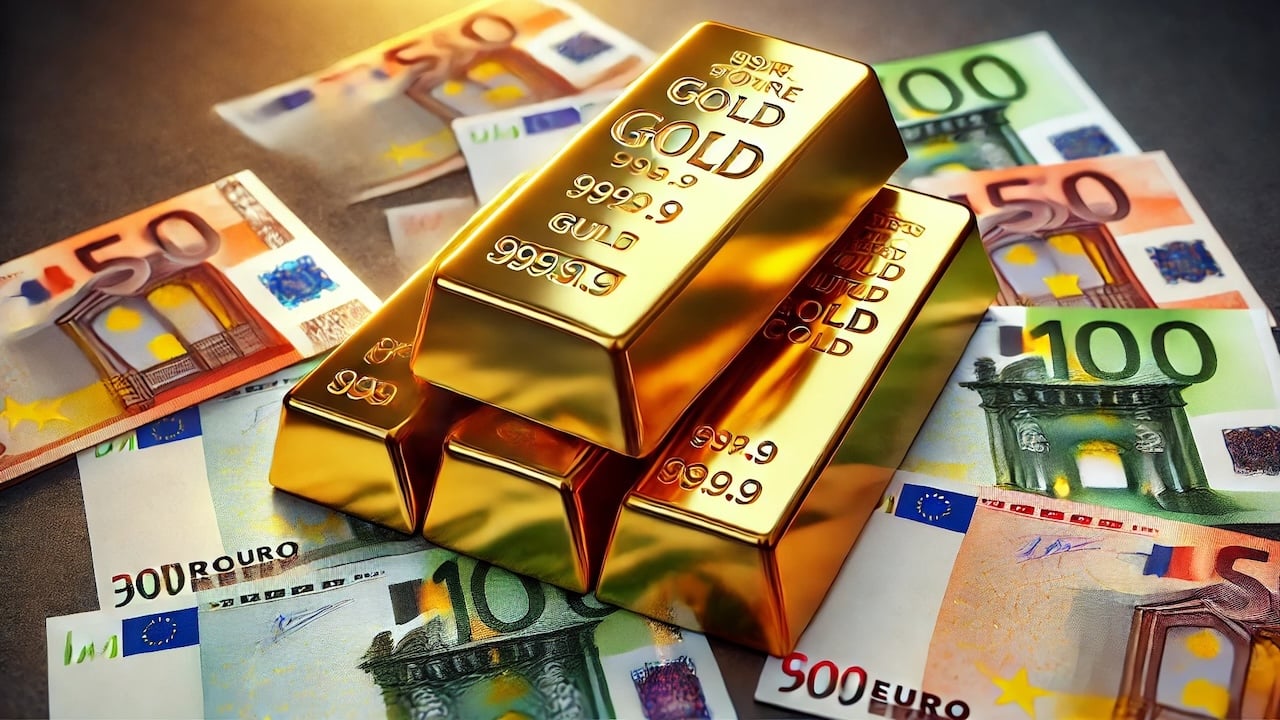
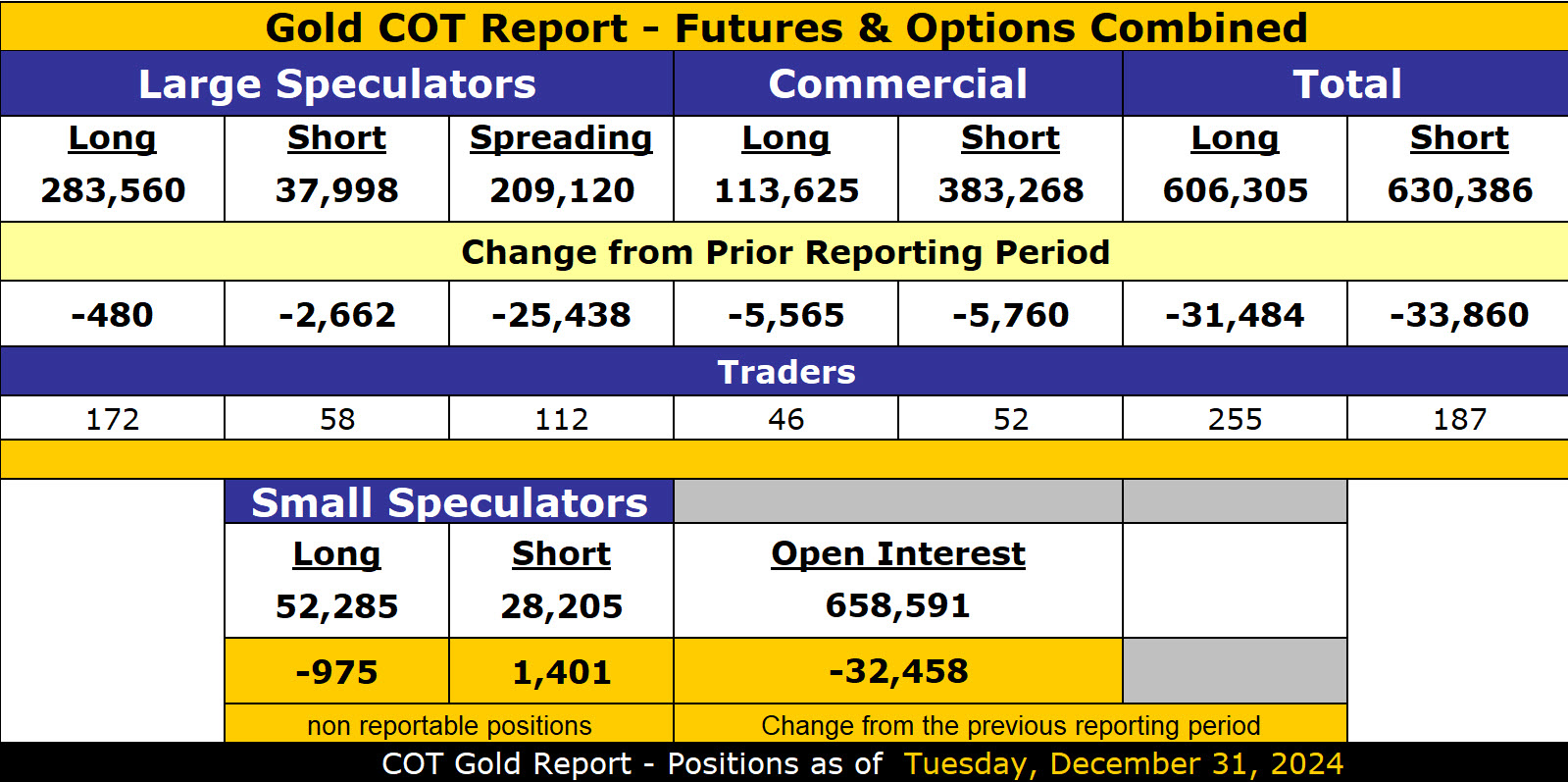


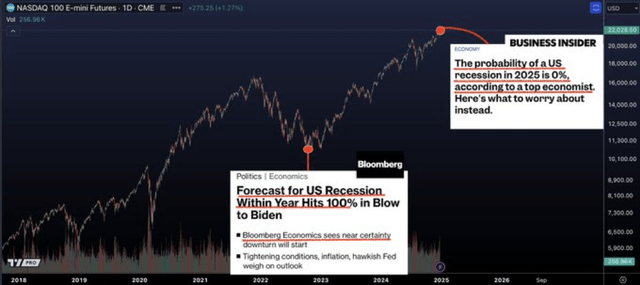
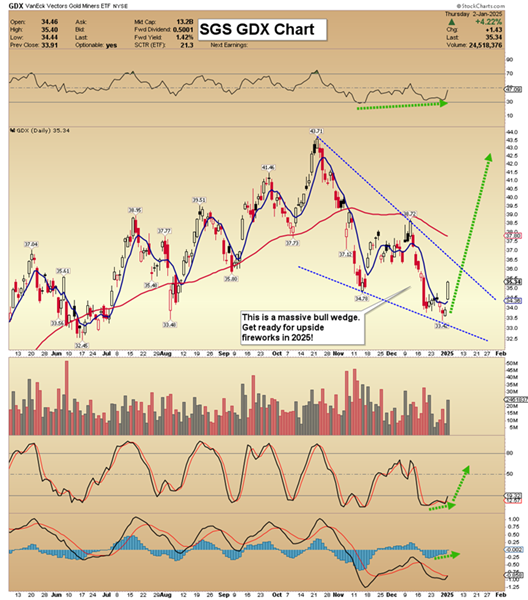


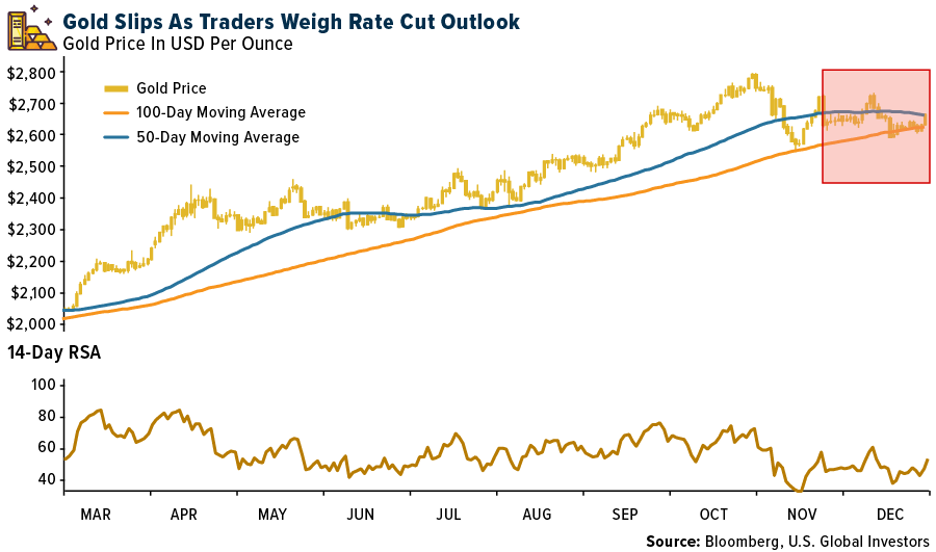


Leave a Reply